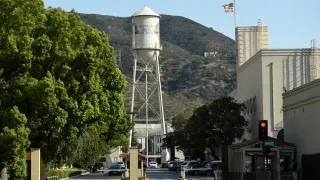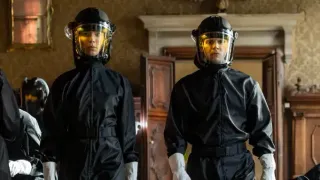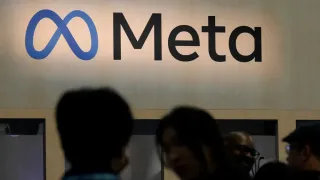September 5, 2018
Lawyer for Iowa Officials in Gay Discrimination Case Quits
David Pitt READ TIME: 3 MIN.
A lawyer who has billed Iowa taxpayers nearly $1 million to fight a long-running discrimination lawsuit over former Gov. Terry Branstad's treatment of a gay former state official has withdrawn from the case, court documents filed Wednesday show.
George LaMarca, 73, has represented Branstad and other state officials for the past seven years as the case filed by former Iowa Worker's Compensation Commissioner Chris Godfrey twice made its way to the Iowa Supreme Court. LaMarca said poor health is forcing him to retire.
The trial had been scheduled to start Jan. 14, but Judge Brad McCall on Wednesday granted a delay to allow new attorneys to prepare.
"There is perhaps no better reason to continue a case than an attorney's inability to continue representation due to health reasons," McCall said.
He ordered the case reset for trial after May 1, 2019.
No one disputes that Branstad, a Republican, pressured Godfrey, a Democratic appointee, to resign in 2010. When Godfrey refused, Branstad cut his salary from $112,000 to $73,000, the lowest allowed for the position. Godfrey left the state job in 2014. Godfrey says he was targeted because of his sexual orientation, but Branstad asserts he didn't know that Godfrey is gay.
The state hired LaMarca at the direction of Branstad, who preferred a private attorney to represent him rather than state attorney general's office. A new lawyer, Frank Harty, will take over as lead counsel for Branstad and other officials named in Godfrey's lawsuit "at the discounted rate of $320 per hour," according to a court filing.
Godfrey's attorney Roxanne Conlin argued that other attorneys from LaMarca's law firm who are already up to speed on the complicated case should be required to stay. She said in court documents that the move is a tactic to delay the case. She also said LaMarca's firm should have to repay taxpayers if it leaves the case.
"This court should closely scrutinize the motives behind the withdrawal of counsel, and apparently his entire firm, as well as the intentions of the newly appearing counsel as the specter of possible gamesmanship on the part of the defendants looms large given this crucial juncture," Conlin wrote in a motion filed last week.
LaMarca said the assertion he should repay the money is absurd.
"My plan has always been to handle this through its conclusion," he said. "Regrettably, health issues have accelerated my retirement plan."
Branstad is now the U.S. ambassador to China. His attorneys have repeatedly tried to delay the trial, saying it would be difficult for him to leave his duties in Beijing.
In addition to Branstad, the lawsuit names his successor, Gov. Kim Reynolds, Branstad chief of staff Jeffrey Boeyink, his legal counsel Brenna Findley, and Iowa Workforce Development Director Teresa Wahlert. It accuses the officials of discrimination, of retaliation and of violating Godfrey's constitutional due process guarantees. He also alleges Branstad and some of his staff tried to extort him by threatening to cut his salary if he didn't quit.
Godfrey's case is among the first to seek monetary damages from the state based on allegations that a government official infringed on the rights of an individual. He overcame a legal hurdle last year when state Supreme Court justices allowed him to seek damages for alleged political retaliation. The June 2017 ruling made it easier for Iowa residents to sue government officials who violate their rights.
Godfrey is now the chief judge of the board that decides federal workers' compensation disputes in Washington.






